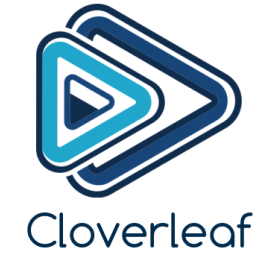STIR/SHAKEN is a protocol created by the telecoms industry to combat robocalls and caller ID spoofing. The acronym stands for “Secure Telephone Identity Revisited/Secure Handling of Asserted information using Tokens.” The STIR/SHAKEN protocol is a way to digitally “sign” calls and verify that they come from a real phone number. It uses a technology known as “public key infrastructure” (PKI) to create a digital signature that is attached to a call. This signature serves as an authenticator to verify the caller’s identity.
The STIR/SHAKEN protocol is designed to help identify if a call is legitimate or not. It does this by verifying the caller’s identity and location. For example, if a call comes from a phone number with a 212 area code, the STIR/SHAKEN protocol would be able to verify that it is indeed from the 212 area code. The protocol also helps to identify if the caller is using a “spoofed” or fake phone number.
The STIR/SHAKEN protocol is a crucial part of the fight against robocalls and caller ID spoofing. It is designed to make it more difficult for scammers to hide behind fake phone numbers. It also provides consumers with greater confidence that the calls they receive are legitimate and from a trusted source.
How to Implement STIR/SHAKEN
Implementing the STIR/SHAKEN protocol requires the cooperation of both service providers and telecoms companies. Service providers must integrate STIR/SHAKEN into their networks and create digital certificates that are associated with each phone number. The certificates are used to verify the identity of the caller.
Telecoms companies must also obtain certificates, as well as transmit and receive STIR/SHAKEN-signed calls. They must also support the verification of the caller’s identity.
Below is a step-by-step guide to implementing the STIR/SHAKEN protocol:
- Obtain digital certificates: Service providers and telecoms companies must both obtain digital certificates that are associated with each phone number.
- Configure systems: Service providers and telecoms companies must configure their systems to support the transmission and reception of STIR/SHAKEN-signed calls.
- Sign calls: Service providers must sign all outgoing calls with a digital signature that is associated with the caller’s identity.
- Verification: Telecoms companies must verify the identity of the caller using the digital signature.
- Authentication: Telecoms companies must authenticate the caller by comparing the signature with the one stored in their database.
- Acceptance: Telecoms companies must accept the call if the signature is verified and authenticated.
Advantages of STIR/SHAKEN
The STIR/SHAKEN protocol offers many advantages to both service providers and telecoms companies. It helps to reduce the amount of robocalls and caller ID spoofing, which can lead to improved customer satisfaction. It also helps to improve the accuracy of caller ID information, making it easier for consumers to identify who is calling.
The following are some of the key advantages of the STIR/SHAKEN protocol:
- Increased security: The STIR/SHAKEN protocol provides a higher level of security by verifying the caller’s identity and location. This helps to reduce the risk of fraud and abuse from scammers who use fake phone numbers.
- Improved accuracy: The protocol helps to ensure that caller ID information is accurate and up-to-date. This can help to reduce misdirected calls and improve the overall customer experience.
- Reduced robocalls: The STIR/SHAKEN protocol makes it more difficult for scammers to hide behind fake phone numbers. This can help to reduce the number of robocalls that consumers receive.
- Enhanced customer experience: The protocol helps to ensure that consumers are receiving calls from legitimate and trusted sources. This can help to improve customer satisfaction and reduce the number of complaints.
- Streamlined process: The protocol is designed to be quick and easy for service providers and telecoms companies to implement. This can help to minimize disruption and ensure that the process is as efficient as possible.

